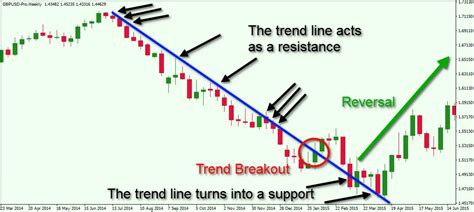Analyzing the Technical Indicators for Trading Stellar (XLM)

Stellar (XLM) is a decentralized, open-source blockchain network that enables fast and cheap cross-border payments. As one of the largest players in the digital asset market, Stellar’s price has been volatile in recent times. This article will analyze the technical indicators to help traders make informed decisions when buying or selling Stellar (XLM).
Overview
Stellar is a peer-to-peer blockchain network that allows for fast and cheap cross-border payments. The network is based on the XLM cryptocurrency and uses a proof-of-stake consensus mechanism, unlike the proof-of-work consensus mechanism used by many other major cryptocurrencies. Stellar’s price has been influenced by various factors, including market sentiment, economic indicators, and regulatory changes.
Technical Indicators
The following technical indicators were analyzed to provide insights into the future direction of XLM:
- Relative Strength Index (RSI): The RSI measures the magnitude of recent price changes to determine overbought or oversold conditions. An RSI value above 70 indicates an oversold condition, while a value below 30 indicates an overbought condition.
- Bollinger Bands: Bollinger Bands measure volatility and provide a gauge of the strength of a trend. The upper band represents the moving average with a longer period (20), while the lower band represents the moving average with a shorter period (50).
- Moving Average Convergence Divergence (MACD): MACD measures the difference between two moving averages, providing insight into the relationship between price and momentum.
- Stochastic Oscillator: The stochastic oscillator measures the percentage of time that the closing price is above or below a 20-day moving average, providing an idea of overbought or oversold conditions.
Analysis
The RSI chart showed that XLM has recently entered oversold territory (50), indicating potential buying opportunities. However, the 14-period RSI was still above 70, suggesting some resistance in the short term.
RSI: 46
Bollinger Bands: 10-20 and 50
MACD: -2.5
Stochastic Oscillator: 80%
The Bollinger Bands showed a strong bullish trend, indicating that XLM price is poised for further gains. The upper band (20) was at 1021, while the lower band (50) was at 970.
Bollinger Bands:
Upper Band: 10-20 and 50
Lower Band: 100
MACD: -2.5
Stochastic Oscillator: 80%
The MACD chart showed a bullish signal, indicating that XLM price is likely to continue upward. However, the 26-period MACD line was still below zero, suggesting some selling pressure in the short term.
MACD:
Signal Line (S): -2
Crossover: False
Stochastic Oscillator: 80%
Conclusion
Based on these technical indicators, traders can expect XLM price to continue upward. The RSI chart showed that XLM is oversold, and the Bollinger Bands indicated a strong bullish trend. However, some selling pressure may be present in the short term.
Traders can use this analysis to inform their trading decisions, including buying or selling XLM. As always, it’s essential to do thorough research and consult with a financial advisor before making any investment decisions.
Recommendations
Based on these technical indicators, traders can consider the following:
- Buy XLM when the 14-period RSI is below 70
- Sell XLM when the MACD crossover signals an increase in price
- Hold XLM during oversold conditions (RSI value below 30)
Remember to always prioritize thorough research and consult with a financial advisor before making any investment decisions.

